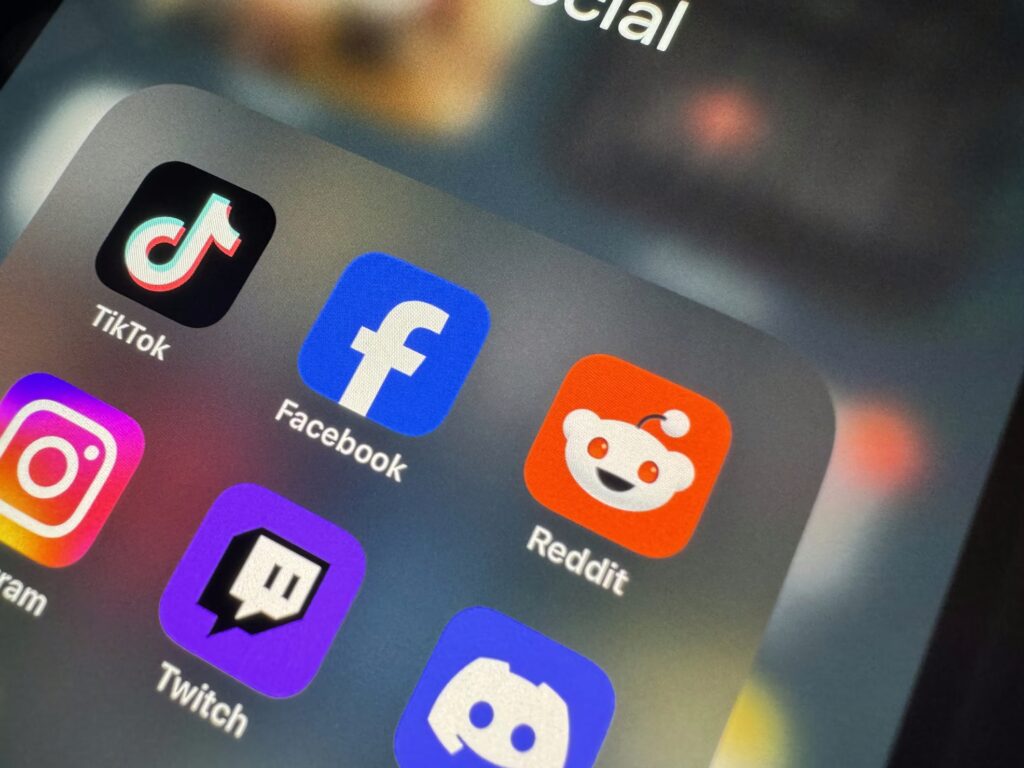Technological advancements have made a huge impact on the world of e-commerce in recent years, transforming the way consumers interact with brands and purchase products online. So, how technology is changing retail, exactly?
Customers can now browse the internet from their mobile devices, personalize products and even use augmented reality to determine if an item will look good in their home.
Businesses that grow and change with the advancing technology are already enjoying a number of benefits as well. Using technology to their advantage, they experience a growing customer base, success over their competitors and, ultimately, more sales.
With all this business, unique opportunities are emerging. And, thanks to advancements in technology, companies can provide a new immersive customer experience that better caters to individual desires and preferences.
1. Subscription Services
How is technology changing retail memberships? Subscription-based e-commerce is quickly becoming a popular trend. Start-ups like Dollar Shave Club and Hello Fresh have pioneered the switch to subscription purchasing in recent years. And 15% of online shoppers have subscribed for reoccurring shipments of their favorite product within the past year, according to studies.
Subscribing customers value convenience and consistency and look forward to monthly shipments. However, churn rates are high as subscribers are quick to cancel if service is not superior to competitors’. So, the best online businesses should be able to offer the consumer reliable delivery and hassle-free order and cancelation options.
2. Augmented Reality
With growing technological advances, augmented reality is offering consumers new ways to experience products and services before even making a purchase. So, how is technology changing retail user experiences? AR lets shoppers view products in 3D from any angle.
For example, Swedish furniture giant IKEA now gives shoppers the ability to virtually place 3D images of products in their own home. This gives potential buyers a chance to see what the new piece of furniture would look like with their room’s layout and existing decor before deciding to purchase it.
3. Mobile Optimization
Desktop purchases are still the primary method of making e-commerce sales, but this won’t last long. The world is quickly making the switch to mobile and only businesses that cater to mobile users will survive. In fact, 73% of consumers will switch from a poorly designed mobile site to one that makes purchasing easier, according to Google research.
Ultimately, creating a functional mobile platform benefits both the company and the consumer. Location-based marketing gives the consumer purchasing options based on where they are geographically and smartphone apps offer mobile users continuous brand engagement and a more cohesive, personalized experience overall.
4. Product Customization
The ability to customize products based on consumers’ personal preferences continues to grow and improve with advancements in technology. Personalization is the biggest trend in e-commerce right now and comes from businesses understanding the consumer’s desires based on their previous brand engagement.
How is this technology changing retail administrative processes? Artificial intelligence and automated analytics will continue to improve this understanding as businesses aim to better cater their support, advertisements and services to the consumer in the future.
For example, Spotify creates weekly recommended playlists based on users’ listening activity. Each time the listener uses Spotify, the product becomes even more personalized to their specific taste in music.
How Technology Is Changing Retail’s Future
As the world continues to make new advancements in technology, e-commerce will inevitably continue to change along with it. The way in which products are marketed and distributed will evolve and make for a more streamlined, personalized customer experience.
With technology, consumers can make more informed decisions from virtually anywhere and connect with brands in new ways. And, if brands choose to use this new technology in the customer’s best interest, they will surely reap the benefits as well.
Recent Stories
Follow Us On
Get the latest tech stories and news in seconds!
Sign up for our newsletter below to receive updates about technology trends




